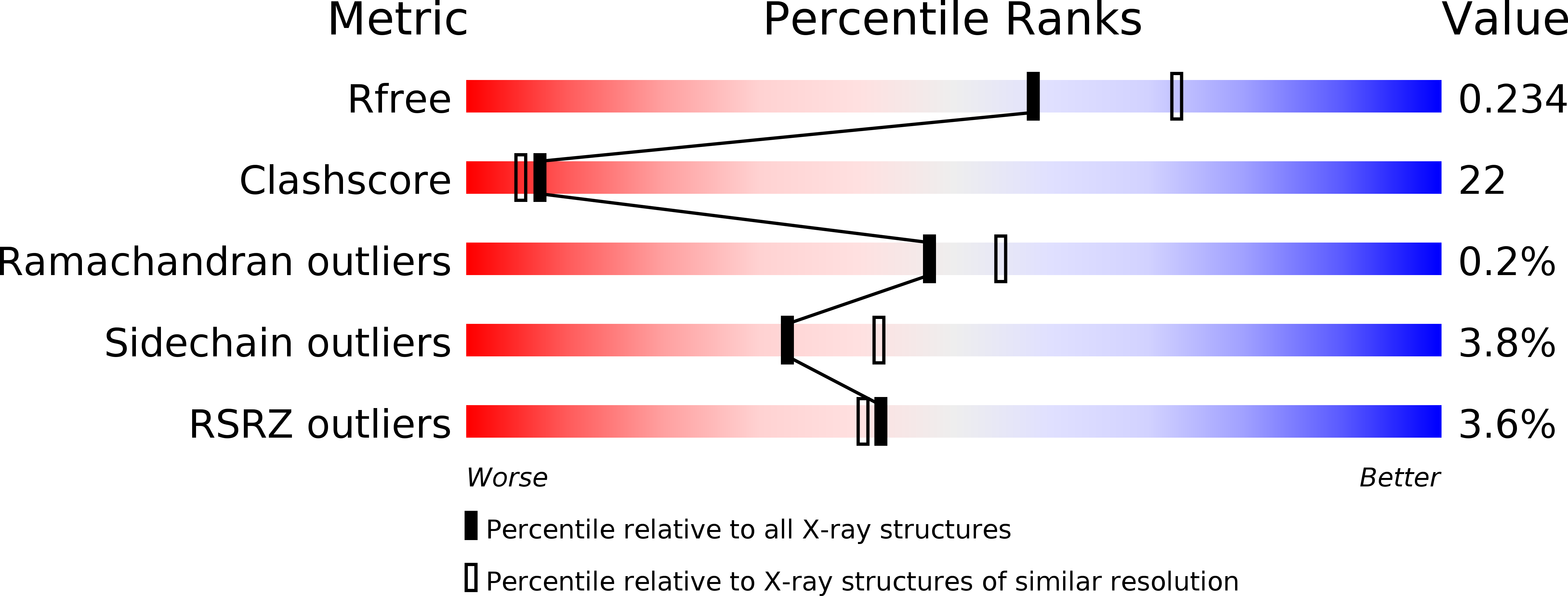
Deposition Date
2004-10-05
Release Date
2004-11-09
Last Version Date
2024-02-14
Entry Detail
PDB ID:
1XNY
Keywords:
Title:
Biotin and propionyl-CoA bound to Acyl-CoA Carboxylase Beta Subunit from S. coelicolor (PccB)
Biological Source:
Source Organism:
Streptomyces coelicolor (Taxon ID: 1902)
Host Organism:
Method Details:
Experimental Method:
Resolution:
2.20 Å
R-Value Free:
0.24
R-Value Work:
0.21
R-Value Observed:
0.21
Space Group:
P 63


